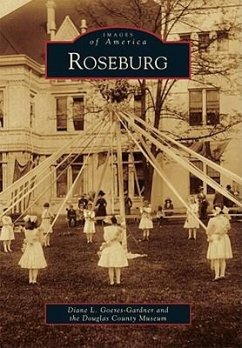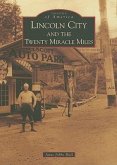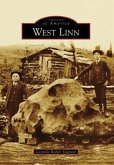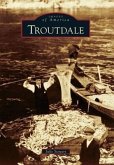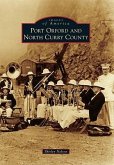Originally called Deer Creek, Roseburg was the creation of entrepreneur Aaron Rose. After becoming county seat for Douglas County in 1854, the city's growth was assured. Roseburg became the bridge between the populated Willamette Valley and the mining districts of Southern Oregon. Situated in a panoramic valley created by the North and South Umpqua Rivers, Roseburg's population increased dramatically over the next 155 years. In 1872, the Oregon and California Railroad arrived and the city became a major center of commerce in Oregon. Today Roseburg continues to present a serene and picturesque face to cars rushing by on I-5.
Hinweis: Dieser Artikel kann nur an eine deutsche Lieferadresse ausgeliefert werden.
Hinweis: Dieser Artikel kann nur an eine deutsche Lieferadresse ausgeliefert werden.

